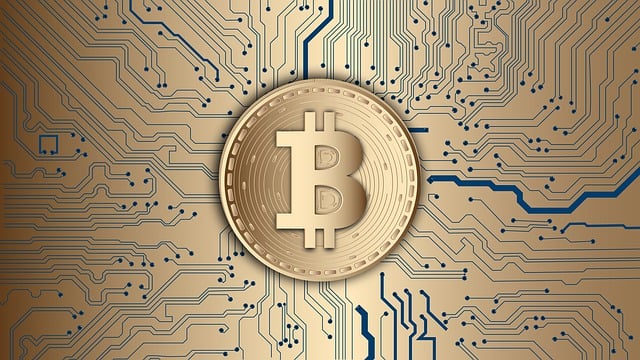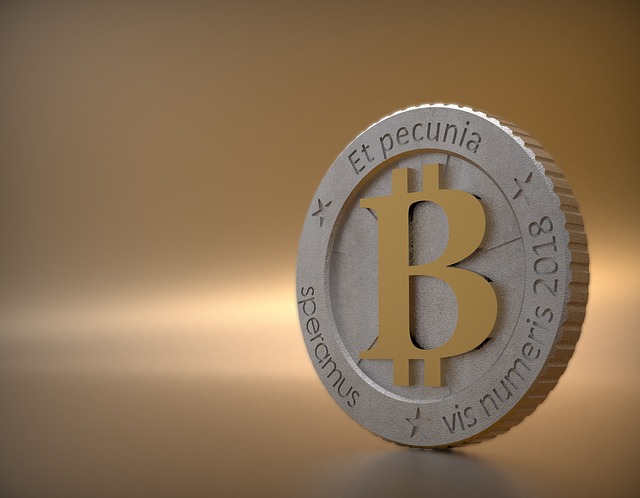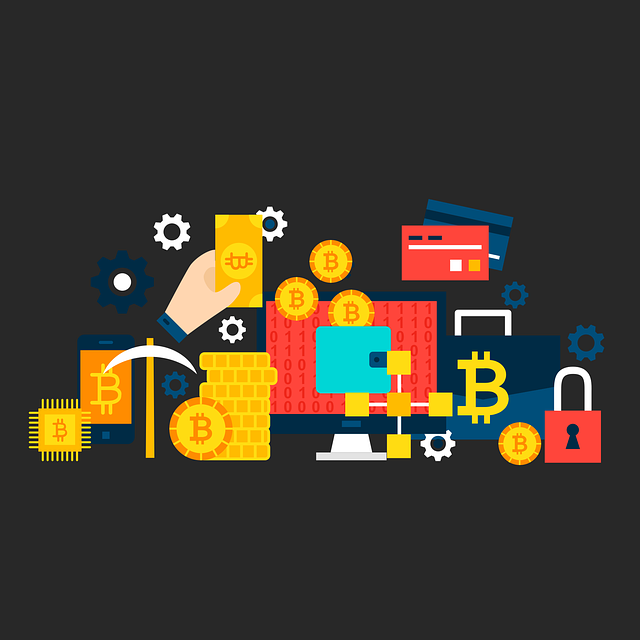Decentralized Finance (DeFi) leverages blockchain technology and smart contracts to recreate traditional financial systems, offering increased accessibility and transparency. When borrowers default on loans within top DeFi platforms, collateralization ratios, automated liquidations, and dynamic pricing mechanisms mitigate risks, safeguarding lenders and maintaining market stability. Understanding these distinct approaches is crucial for users seeking innovative lending and borrowing solutions in the rapidly growing DeFi landscape.
In the dynamic landscape of decentralized finance (DeFi), understanding default mechanisms is paramount. This article delves into the intricacies of DeFi defaults, exploring key concepts like the role of smart contracts and decentralized governance in managing risk. We examine top DeFi platforms and their distinct default policies, dissecting factors influencing default rates and analyzing the profound impacts on investors and borrowers. Furthermore, we present strategies to mitigate risks, providing insights for navigating this evolving ecosystem with confidence. Discover how these approaches enhance stability amidst the rapid growth of top DeFi platforms.
- Understanding DeFi and its Default Mechanisms
- Top DeFi Platforms and Their Default Policies
- Factors Influencing Default Rates in DeFi
- Impact of Defaults on Investors and Borrows
- Mitigating Risks: Strategies for Preventing DeFi Defaults
Understanding DeFi and its Default Mechanisms

Decentralized Finance (DeFi) is a revolutionary concept that aims to recreate traditional financial systems on a blockchain, offering greater accessibility and transparency. At the heart of DeFi are smart contracts, which automate various financial processes. When it comes to understanding defaults in DeFi, it’s crucial to grasp how these mechanisms are designed to protect both lenders and borrowers.
The default mechanisms in top DeFi platforms typically involve collateralization ratios and automated liquidations. Users who borrow cryptocurrencies must provide collateral, often in the form of stablecoins or other assets. If the value of the borrowed asset declines, and the borrower fails to meet their obligations, smart contracts initiate a liquidation process. This involves selling the collateralized assets to repay the loan, minimizing potential losses for lenders. The ability to efficiently manage defaults is a key factor that contributes to the appeal and growth of DeFi, attracting users seeking innovative lending and borrowing solutions among the top DeFi platforms.
Top DeFi Platforms and Their Default Policies

The world of decentralized finance (DeFi) has seen remarkable growth, with numerous platforms offering innovative financial services. Among these top DeFi platforms, understanding default policies is crucial for users and investors alike. When a borrower fails to repay their loan on time, the default policy dictates the subsequent actions and potential consequences.
Some of the leading DeFi platforms have distinct approaches to defaults. For instance, platforms like Aave and Compound implement collateralized loan mechanisms where borrowers provide crypto assets as security. In case of default, these assets are liquidated to cover the outstanding debt, potentially resulting in a loss for the borrower if the market price has dropped. Other platforms, such as Uniswap, focus on decentralized exchanges (DEXs) and may have different strategies, like charging higher fees or temporarily suspending trading features during periods of high default risk. By understanding these policies, users can make informed decisions regarding lending, borrowing, and investing in top DeFi platforms.
Factors Influencing Default Rates in DeFi

In the dynamic landscape of decentralized finance (DeFi), default rates are influenced by a multitude of factors unique to this innovative sector. One key aspect is the transparency and accessibility offered by top DeFi platforms, which allow for a more precise evaluation of risk compared to traditional financial institutions. Additionally, the decentralized nature of these platforms enables users to take advantage of higher interest rates, often attracting borrowers with varying creditworthiness, thereby impacting default probabilities.
Another significant factor is the underlying technology and protocols employed by these platforms. Advanced smart contracts and robust risk management models play a crucial role in mitigating default risks. Top DeFi platforms continuously innovate, incorporating features like collateralization ratios, dynamic pricing, and automated risk assessment tools to ensure stability and reduce potential defaults.
Impact of Defaults on Investors and Borrows

Defaults, especially in the realm of decentralized finance (DeFi), can have profound implications for both investors and borrowers. When a borrower defaults on their loan in a DeFi platform, it triggers a series of events that impact the entire ecosystem. Investors who had trusted these platforms with their capital may face significant losses, eroding their returns or even leading to a total loss of investment. This risk is particularly heightened in the top DeFi platforms where high-value assets are often at stake.
For borrowers, defaulting on loans can result in a loss of creditworthiness, making it harder to access funding in the future. It also affects the overall liquidity and health of DeFi protocols, as healthy lending and borrowing activity is crucial for maintaining stable market conditions. However, investors who diversify their portfolios across multiple top DeFi platforms can mitigate some risks associated with defaults, as not all projects or strategies are equally vulnerable to such events.
Mitigating Risks: Strategies for Preventing DeFi Defaults

In the dynamic landscape of decentralized finance (DeFi), mitigating risks associated with defaults is paramount for both platform developers and users. As the popularity of top DeFi platforms surges, so does the need for robust strategies to prevent defaults. One key approach involves enhancing liquidity management. By maintaining adequate reserve assets and employing dynamic pricing mechanisms, platforms can ensure stable value and reduce the risk of unexpected collapses.
Additionally, smart contract audits play a crucial role in identifying potential vulnerabilities before they lead to defaults. Regular security checks by reputable firms help uncover bugs or loopholes that could be exploited. Implementing robust governance models and transparent reporting further strengthens the resilience of DeFi platforms. These measures not only build user confidence but also foster a more secure environment for financial interactions.
In exploring the intricate world of Decentralized Finance (DeFi), understanding default mechanisms, their implications, and prevention strategies is paramount. By examining top DeFi platforms and their approaches, we’ve uncovered a dynamic landscape where factors like liquidity and smart contract design significantly influence default rates. Defaults have far-reaching effects on investors and borrowers alike, but proactive mitigation strategies can help safeguard against these risks. As the DeFi space continues to evolve, staying informed about default dynamics and adopting robust risk management practices will be key for navigating this innovative yet complex financial ecosystem.
